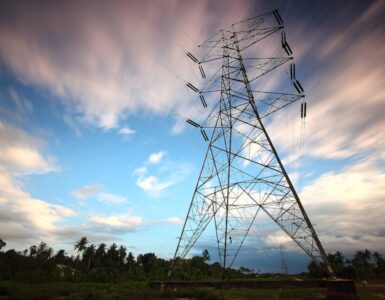Arizona just hit a milestone: It has doubled its public K-12 funding over the last two decades.
Yes, you read that correctly—from about $6 billion in 2001, K-12 will pull in over $12 billion this year, according to newly released official estimates from the state’s legislative budget office. Even adjusting for inflation, funding is up roughly 40 percent.
So why don’t our schools feel 40 percent wealthier, when total funding from taxpayers has surged by billions?
It’s because, as virtually every public school advocate agrees, what matters isn’t total funding, but rather funding available per student. And thanks to some of the fastest population growth in the country, Arizona has many more public school kids than it used to, meaning all those extra dollars are spread thinner.
It’s the reason why the Arizona Tax Research Association observed that for years, “Arizona has consistently ranked in the top 10 states who increased dollars to their entire K-12 education system,” even as our per pupil numbers seem to barely budge.
It’s why education activists are unimpressed that Arizona annually ratchets up its K-12 spending by over $80 million—compounding every single year—just to absorb the costs of more students enrolling in the public school system. (Not even counting another $110 million this year alone for building new schools.)
Unfortunately, many public school advocates suddenly abandon their concern for per pupil funding when it suits their political aims to disparage one of Arizona’s most promising educational innovations: the Empowerment Scholarship Account (ESA) program.
ESAs take part of what the state would have spent covering the cost of a student’s education in a K-12 public school and instead deposit that money into a personalized account that allows the child’s family to pay for special education therapies, private school tuition, curriculum materials, and other teaching tools.
The ESA program served 6,400 students in FY 2019, including over 800 children from military families—making them the single largest group of ESA beneficiaries outside of special needs students. (ESAs served over 3,700 students with special needs).
Yet over the last two years, organized opposition groups have, with devastatingly effective political messaging, persuaded voters that ESAs threaten to defund public schools by draining away students—and therefore dollars.
Omitted from these messages entirely, however, is the fact ESAs actually increase per pupil public school funding. As a new report from the Goldwater Institute documents for the first time, ESAs redirect over $600 per participant back to remaining public school students for teacher pay and other operational uses every time a child opts out of public school and into an ESA.
This happens because fund sources like the $600 million “Classroom Site Fund” are fixed pots of money that get divided up by the number of public school pupils, so the more students, the smaller slice each gets, and vice versa.
Every kid who leaves the public school system for an ESA gives up their slice back to the remaining public school peers. The result: public schools have more money to go around relative to the kids they actually teach.
Not only this, but Arizona’s ESAs have also reduced budget pressures on public schools by helping one of the most high-need, high-cost populations—students with severe disabilities—whom districts state they can serve only by redirecting funds from other students’ instruction. Thanks to the ESA program, families of these students receive over $25,000 a year to customize learning environments for their children (still less than would have been spent in public school), while districts no longer struggle to comply with federal regulations in an attempt to serve them.
We’re told every year that per pupil funding is what matters in K-12. So how about a little consistency from critics and some credit for the ESA program that’s helping bring more of it to families and schools alike?
Matt Beienburg is the Director of Education Policy at the Goldwater Institute. He is the author of the new Goldwater Institute report The Public School Benefits of Education Savings Accounts: The Impact of ESAs in Arizona.
















Add comment